Most of us remember watching our favorite Disney princess movie growing up. And it’s safe to say that almost everyone has seen at least one of these movies. With the Disney princess phenomena being so big, so is the impact it has on these children. But this actually might not be a good thing.
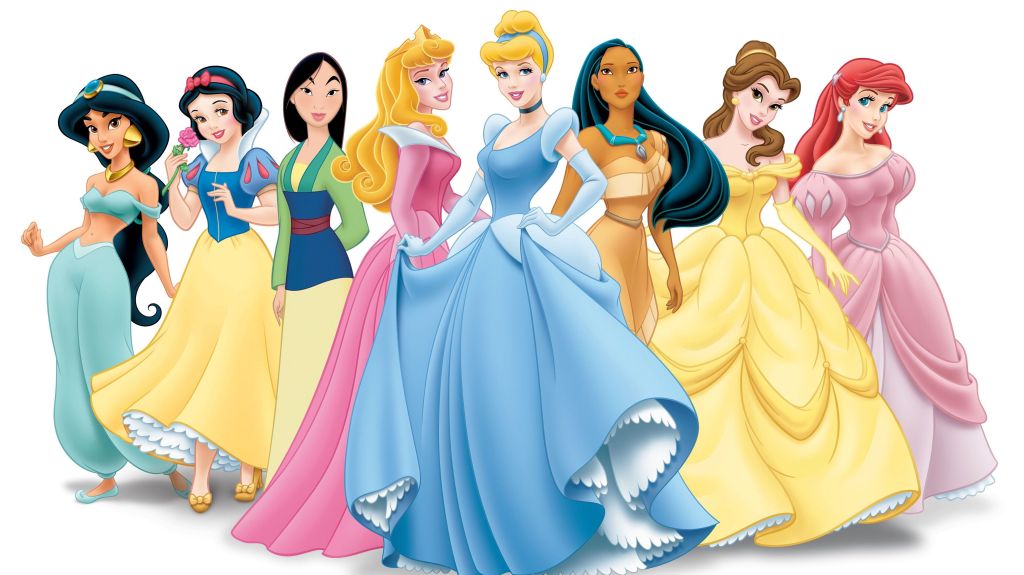
Many of these movies actually have created harmful narratives that teach young girls to be submissive, limit themselves to gender roles, and place their worth entirely on how they look. However, there has been progress throughout the years! And especially with the most recent Disney princess films. This gives hope to more powerful women in the generations to come.
The Initial Problem with Disney’s Portrayals
https://tenor.com/embed.jsThe Damsel In Distress trope appears in many Disney princess movies, and is common in film in general. The typical damsel in distress plot revolves around a woman being helplessly in trouble and must wait for her “Knight in Shining Armor” to come save her. This archetype sends messages to young girls that they must act submissive and rely on men in order to be saved, never taking any action for themselves.
Disney princess movies have also made it very clear that a princesses’ worth is entirely based on her appearance. This can cause young girls to become obsessed with their physical appearance, creating hurtful self esteem issues. When young girls are taught to focus on their looks, they are less likely to be interested in learning such as math or science. The gender gap between men and women in STEM fields is undeniably large. 72 percent of men and only 28 percent of women.
Disney princess movies also heavily enforced stereotypical gender roles, mainly in the classic films. The princesses focus on household duties, such as cleaning or cooking, and never take any other action for themselves. These restrictive gender stereotypes teach young girls that a woman’s role is to cook or clean, when young girls should be taught that they are able to take on many different ambitious roles.
The History/Origins behind Disney Princesses
https://tenor.com/embed.jsThe first ever Disney princess movie, Snow White and the Seven Dwarfs, released in 1937. The movie was a huge success, grossing $8 million, more than any movie had ever made before during that time. This Disney production was the first animated movie produced in English and technicolor. Since the movie was so financially successful, especially it being during the Great Depression, it set a pretty high standard for movies to follow.
Snow White and the Seven Dwarfs kicked off the start of the Disney princess phenomena, with the next movies Cinderella and Sleeping Beauty releasing in the 1950s. These first three princess movies are part of the first era of Disney princesses: ‘The Classics.’
You’re probably familiar with Grimms’ Fairy Tales, the most famous and undying tales written by brothers Jacob and Wilhelm Grimm. Most of the Disney princesses originated from their stories. Grimms’ first book of tales was released back in 1812. Therefore, it’s not surprising that the original versions of these tales also have pretty sexist themes. In the Grimm brothers’ version of Sleeping Beauty, the princess was actually raped by the prince and forced to have his children while she was asleep the whole time. This clearly reiterates the idea of women only being useful toward men for sexual purposes and childbirth. Though the Disney versions are not as graphic, the harmful messages are still there.
Damsels in Distress Era
The Damsel in Distress trope is most present in the Disney princess classics era, which as discussed earlier, began the Disney princess movie phenomena. Snow White and the Seven Dwarfs, Cinderella, and Sleeping Beauty all have very apparent themes of Damsel in Distress. I’m sure you already know the general plots of these movies, so I’ll dive straight into the parts that exemplify a damsel in distress.
Snow White and the Seven Dwarfs
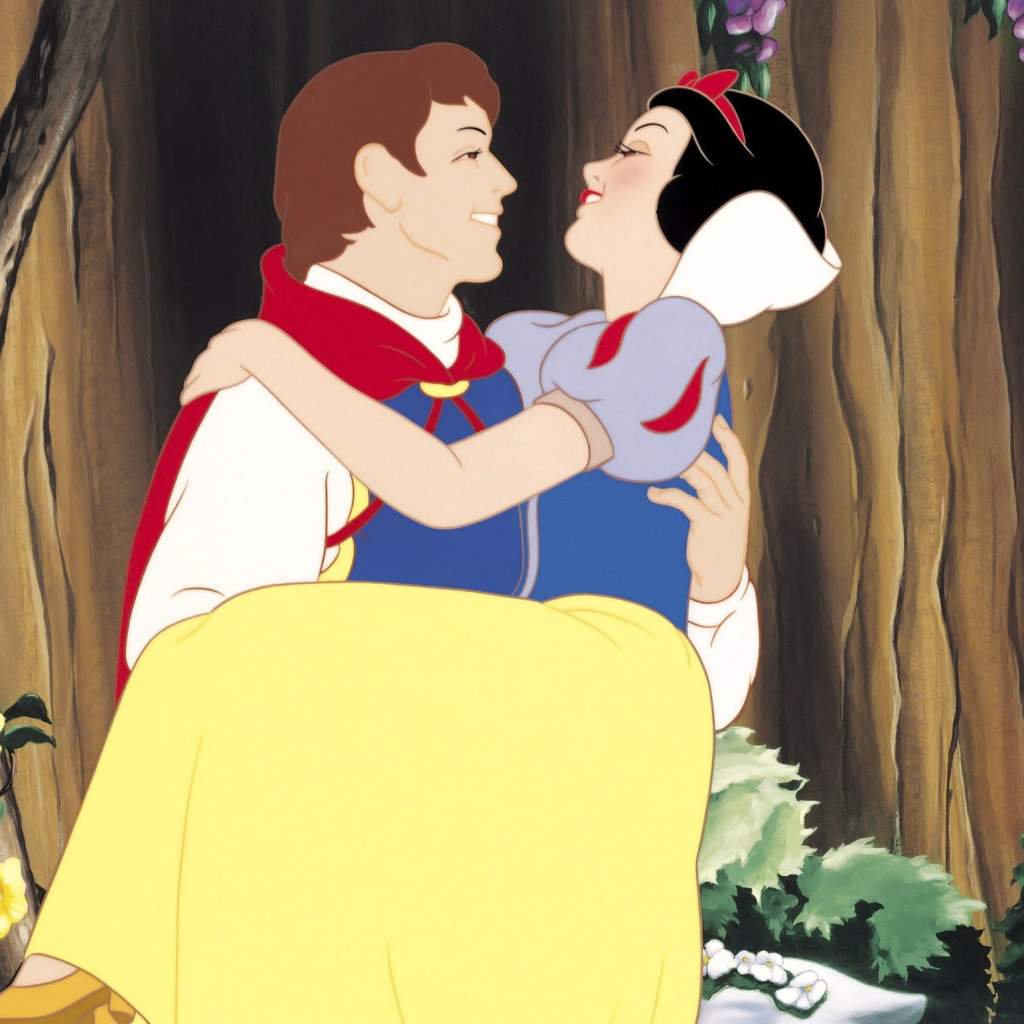
The film Snow White and the Seven Dwarfs offers a clear example of the harmful damsel in distress trope. Snow White had to wait for the prince to come save her from her slumber that the Queen cast upon her. This movie also reinforces the idea that a woman’s worth is based entirely on her beauty. The Queen, also as Snow White’s evil stepmother, was only trying to kill Snow White because the Magic Mirror told her Snow White was more beautiful. The Queen’s obsession with being the most beautiful reinforces the idea that beauty is the only important part of being a woman, and is the only thing women should be concerned about.
Cinderella
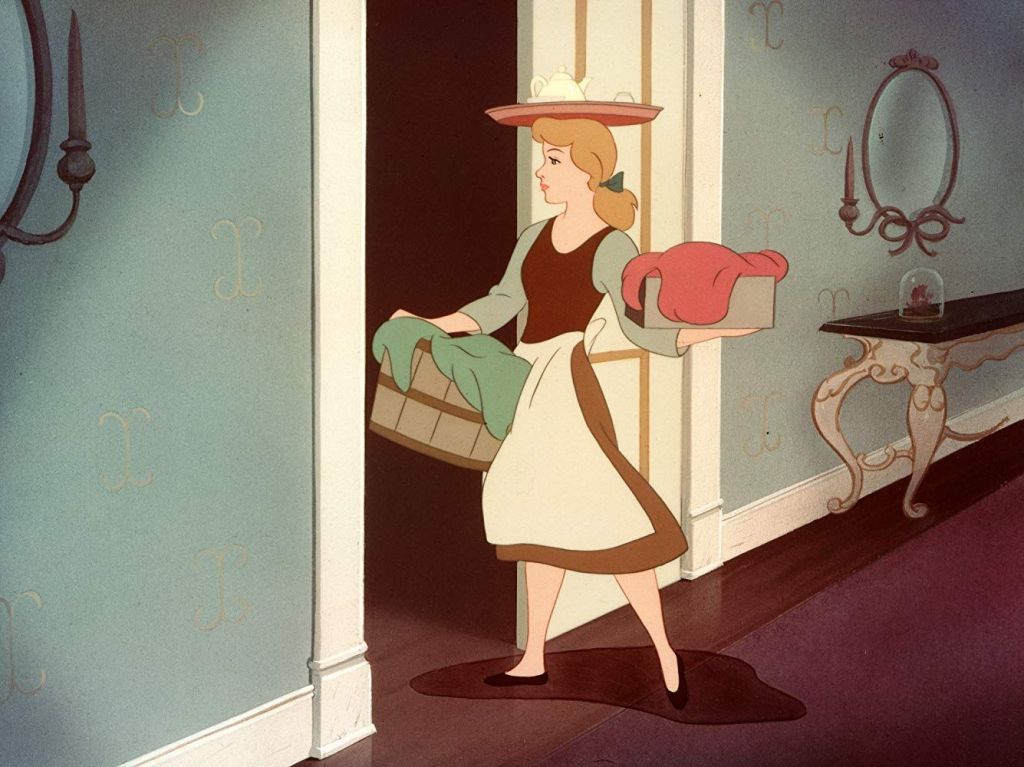
This film is one of the most retold stories of all time, with many new modern movie adaptations. The story shows a young woman whose evil stepmother forces her to do all the cooking and cleaning. After she went home from her magical experience at the ball, she lost her glass slipper and waited on the prince to come find her and return it. Cinderella has to rely on a man to come and save her from her evil stepmother, playing into the “Knight in Shining Armor” complex. This story implies that a woman does not have the ability to save herself and must expect men to rescue her. Imagine how different the impact Cinderella would’ve had on young girls if she had packed up her belongings, stood up to her evil stepmother and stepsisters, and left to be on her own and pursue her own path.
Sleeping Beauty
https://tenor.com/embed.jsSleeping Beauty is another perfect example of a damsel in distress. Aurora is put to sleep and can only awaken by a true love’s kiss. This results in her being asleep for a majority of the movie, literally not being able to do a single thing without the help of a man. This story creates the idea that women are helpless, passive, and submissive. This movie teaches young girls growing up that these are the kinds of roles women have, and are therefore more likely to follow in those footsteps.
Rebel Children Era
The Little Mermaid premiered in 1989, kicking off a whole new era of Disney princesses. This became known as the Renaissance era lasting from 1989 to 1999, and included The Little Mermaid, Beauty and the Beast, Aladdin, Pocahontas, and Mulan. These Disney princesses gave a fresher take out things and ditched many of the old fashioned stigmas. Disney began giving these princesses more of a personality, not just a pretty object useless without a man. I also like to consider it the Rebel Children Era, due to their free-spirited personalities as they aim to break free from authority.
The Little Mermaid
https://tenor.com/embed.jsAriel from The Little Mermaid is a great example of a rebellious child during this era. She rebels against her father to go explore the world above sea. This is great progress for princesses, as she is able to take action for herself, though some issues still remain. Ariel ends up sacrificing her voice in order to gain legs and walk on land, all just to be with a man. This quite literally sends a message that women should be willing to give up their own voice for men in the real world. While the act of Ariel leaving home shows progress, the reason for her leaving negates the progress.
Aladdin
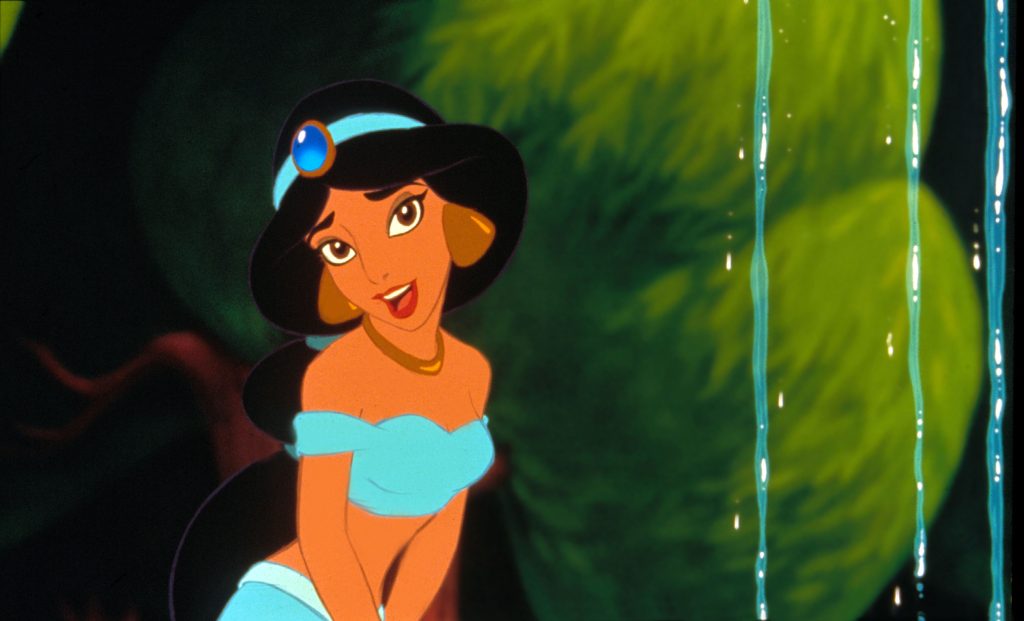
Jasmine from Aladdin rebels against her father as she does not want to live in the palace anymore, and she sneaks out at night time to explore the world herself. This initiative to try and control her own life is great. However in the end, she still has to wait for Aladdin to come and save her. Not that much progress from the damsel in distress stereotype as we hoped.
Mulan

Mulan (my absolute favorite Disney princess) has a mind of her own, unbeatable strength, and takes incredible rebellious action. Her desire to break gender roles by dressing up a man so she can enlist in the war to save her country is unlike any other princess before. She rebels against some pretty strict rules, and says no thank you to gender stereotypes. The story originates from an old Chinese folk tale called “The Ballad of Mulan.” Some say it was based on a true story back in 630 CE, but nobody really knows for sure.
Even with these obvious improvements, this era still has its problems. For instance, the dialogue is heavily male-dominated. You would think that with a woman as the main character, she should be the one with the most dialogue. But Disney didn’t think so. Men speak 77 percent of the time in Mulan, 68 percent in The Little Mermaid, 71 percent in Beauty and the Beast, and 76 percent in Pocahontas.
Independent Women Era
The most recent era of Disney princesses began in the 2000s and started a new era of independent women. These princesses revolved less around men, had the ability to save themselves, and had captivating personalities. This is an obvious improvement from the past Disney princess movies.
Brave
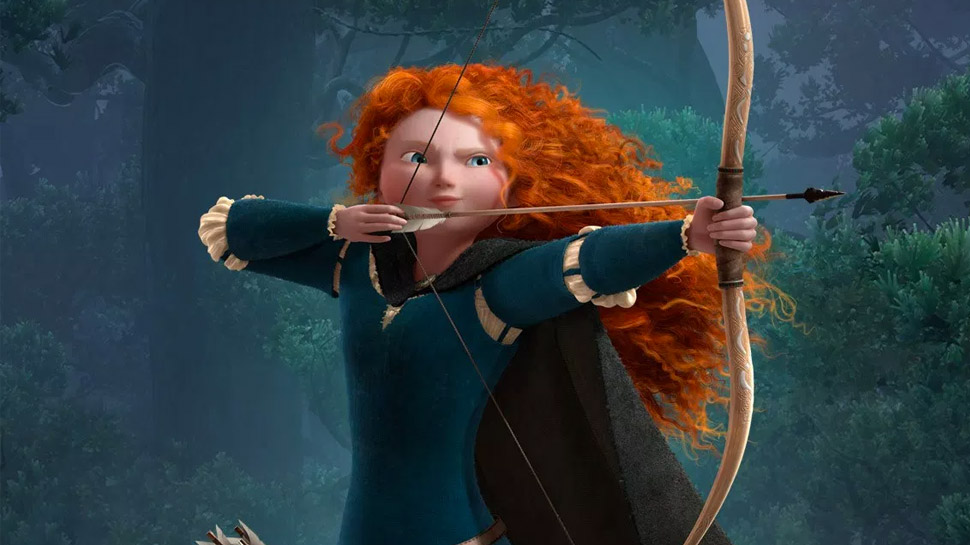
Merida from the movie Brave is incredibly independent and does not want to focus on a man at all. Her clan tries to tie her down by setting her up with a man to marry. But Merida refuses and chooses to escape from this gender restrictive responsibility. The movie ends up revolving around the bond between her and her mother, which gives the audience a refreshing break from a princess solely focused on a man. Most of the previous princesses have never even had a present mother in their life. This new mother-daughter relationship is great for young girls to see, inspiring them to look at their own mother as a strong woman role model in real life.
Frozen

The film was a wild success when it premiered in 2013. The movie shows two independent women taking action for themselves and does not focus on men. The main aspect of Frozen was to show the undying bond between two sisters. Having women focus on their relationship with other women goes against all the old stereotypes that a woman is nothing without a man. Queen Elsa did not even have a romantic love interest and was doing just fine without one. This sends a great message to young girls that women can be just as independent as anyone else.
Moana
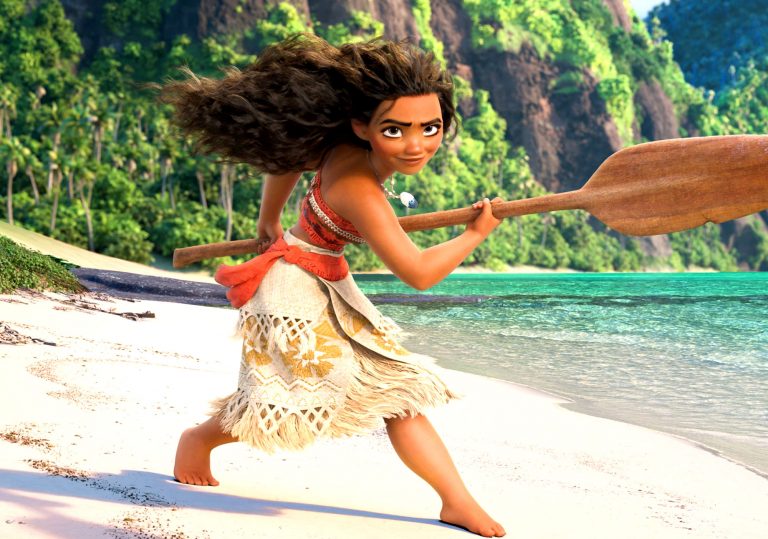
Moana, the most recent Disney princess, continues to carry on this theme of independent women. The story follows a brave young girl who embarks on a dangerous journey to save her people. The best part about this movie? No love interest, not even for a second. The film proves that a princess movie can be entertaining, inspiring, and fun all without any help from any romance. This princess is a great role model for kids, and shows that no woman needs a man to do what you want.
Conclusion
https://tenor.com/embed.jsThere has been an obvious improvement with the current Disney princesses compared to the very first ones. As time goes by, we can continue to hope that Disney keeps up the pace and challenges harmful gender stereotypes. Women are stronger than ever, and these films should continue to represent them as such.
Sign up to get news, announcements, and other fun stuff straight to your inbox.
Featured image credit: Disney

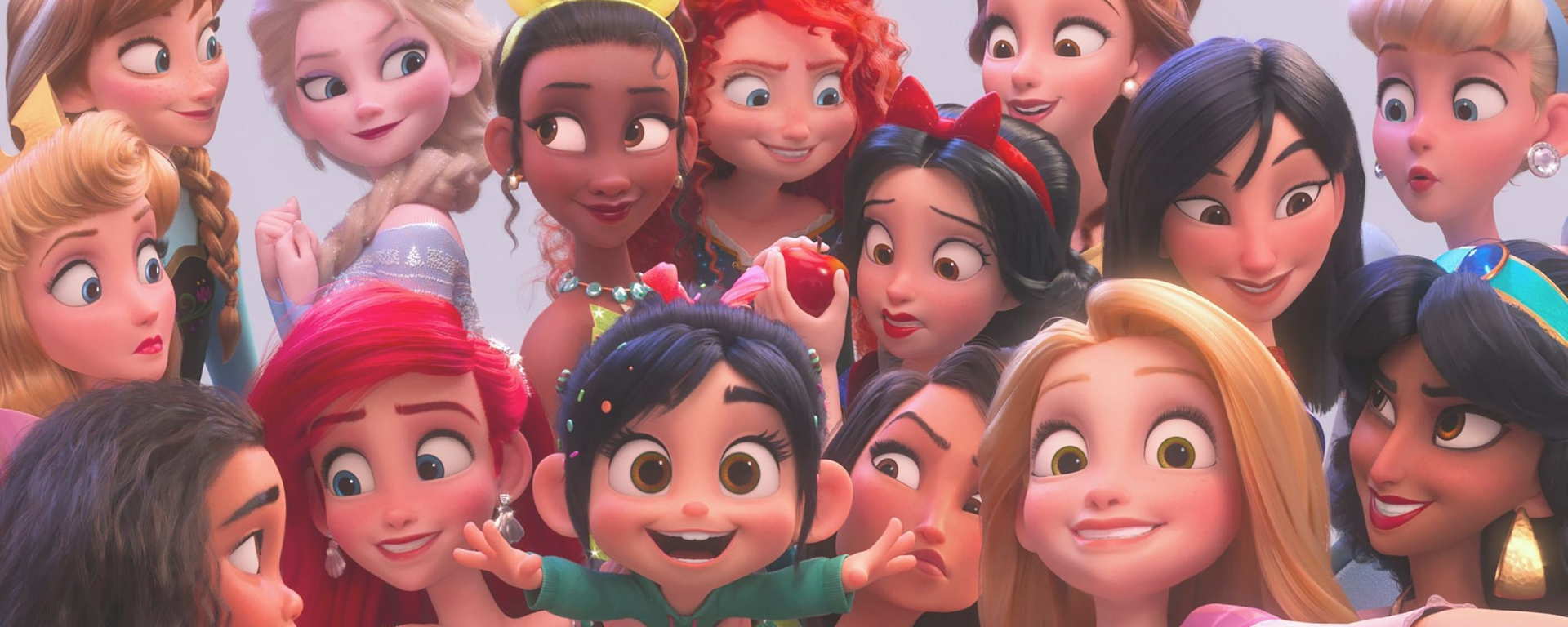
In college I wrote a whole essay about Disney princesses and their depictions of gender. This post is right up the same alley.
LikeLike
There’s so much to dissect with this topic but this is just the tip of the iceberg, Michelle! 🙂 –ChinLin
LikeLike
I feel Meg from Hercules is one Disney princess that’s a rebel too. I love Hercules it’s one of my favorite Disney movies.
LikeLike